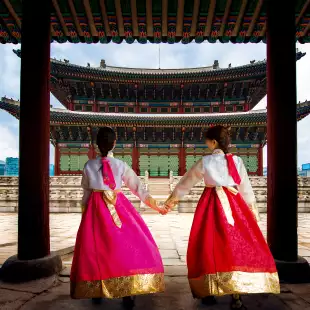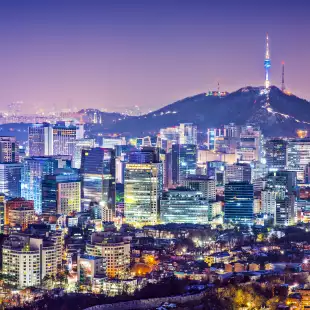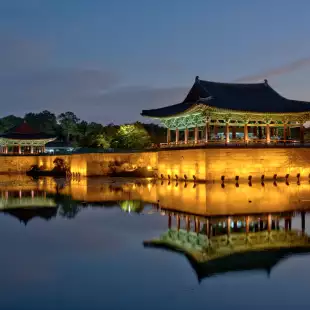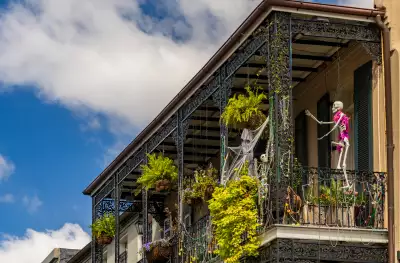A Foodie's Guide to Gwangjang Market
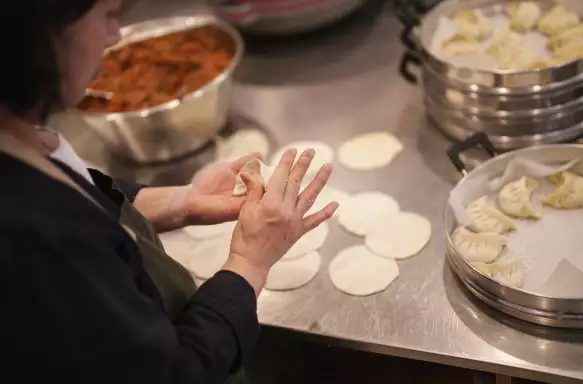
Seoul is one of the world's greatest destinations for foodie - it's got a great selection of international restaurants, mouth-watering Korean restaurants and sizzling street food that will tantalize your taste buds. One of the best places to go for authentic Korean street food (and a glass of soju or two) in the South Korean capital is Gwangjang Market.
Established in 1905, Gwangjang Market is one of the largest and oldest traditional markets in Seoul. It began life as a trading hub for textiles. Today, the market boasts over 5000 stores across many different sections and it's most popular for its food. The culinary offerings here reflect the constantly evolving nature of Korean cuisine. Each dish is inextricably linked to local history, with many stalls handed down through families for generations. When you take that first bite, you're not just tasting food, you're experiencing a small slice of family history and tradition.
Must-Try Dishes at Gwangjang Market:
Bindaetteok (Mung Bean Pancakes)

Bindaetteok, or mung bean pancake, is a type of buchimgae (Korean pancake) that originated in the Pyongan Province. It is made by grinding soaked mung beans, adding vegetables and meat and pan-frying it into a round, flat shape. Its hearty texture and nutty flavour - from the mung beans - are super versatile and can be paired with lots of ingredients, from spicy kimchi to pork, making it a super flexible and filling dish you can eat again and again without getting bored.
Kalguksu (knife noodles)

There are lots of noodles available in the stalls of Gwangjang Market, from thin, translucent glass noodles (dangmyeon) to knife noodles (Kal-guksu). These ticker hand-cut noodles are made fresh on-site, offering a unique texture and authentic taste. You may even meet a local celebrity: Mrs Cho from the Netflix documentary Street Food: Asia runs a popular stall in the market, making it a must-try experience for many visitors to Seoul.
Tteokbokki (spicy rice cakes)
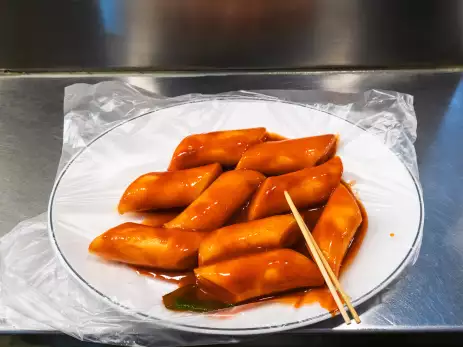
Available as a main or a side, Tteokbokki is a chewy rice cake served in syrupy-sweet, anchovy sauce, often served with a fishcake, boiled egg or other fried items. While the exact origins are debated, tteokbokki is thought to have roots in royal court cuisine, which has evolved into the modern street food version, making it a significant part of Korean culture, history, and culinary identity.
Mayak Kimbap (addictive rice rolls)
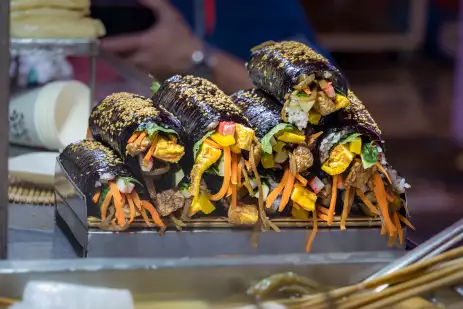
A deviation from standard kimbap, which is chock full of ingredients, mayak kimbap is smaller and more bitesize. It consists of rice - seasoned with sesame oil, carrots, pickled radish and spinach – all wrapped up in toasted seaweed and sprinkled generously with sesame seeds.
Mayak means narcotic drugs, so the name comes from this gimbap's reputation for being seriously addictive! In Gwangjang Market, they're served with a sweet and tangy hot mustard sauce - and it's this sauce that makes the gimbap addictive.
Mandu (dumplings)
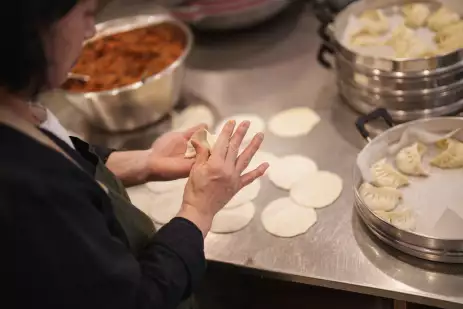
Dumplings feature in a variety of Asian cuisines and Korean is no exception. When ordering Mandu, you can ask for gogi (meat), yachae (vegetable), saewu (shrimp) or kimchi. They're seasoned with garlic and other spices, wrapped up in a dumpling skin and shaped like a crescent. They can be steamed, boiled or deep-fried. It's often served with Kalguksu.
You can visit Gwangjang Market on our Highlights of South Korea tour, where our Tour Manager is on hand to make suggestions of what to see, buy and eat!

